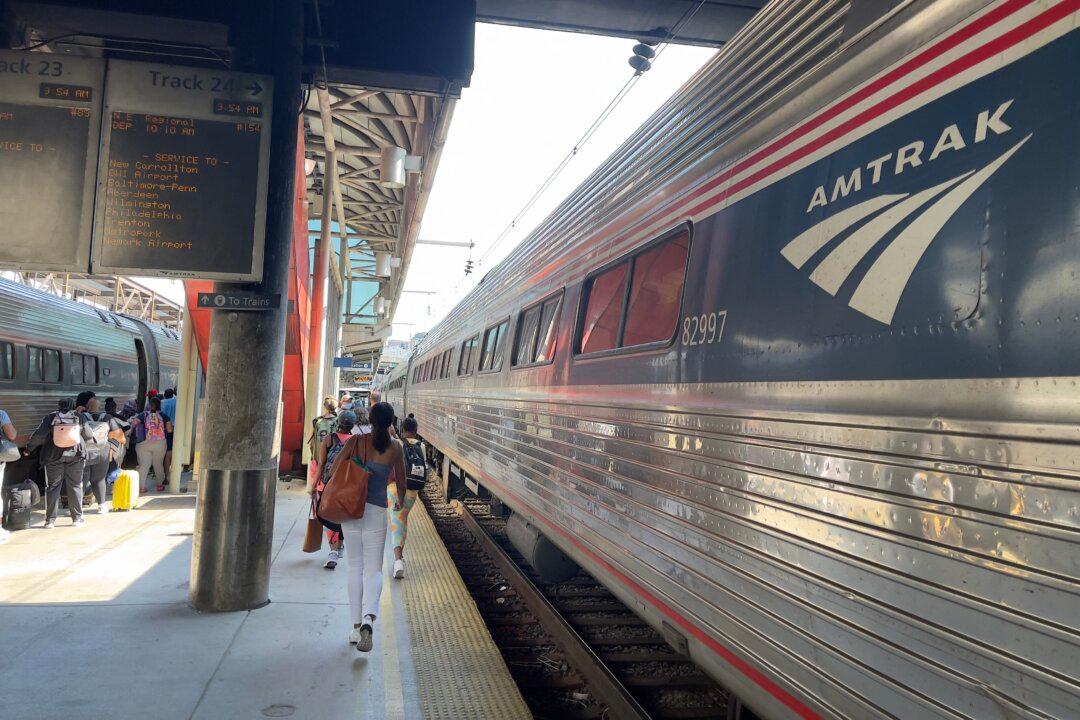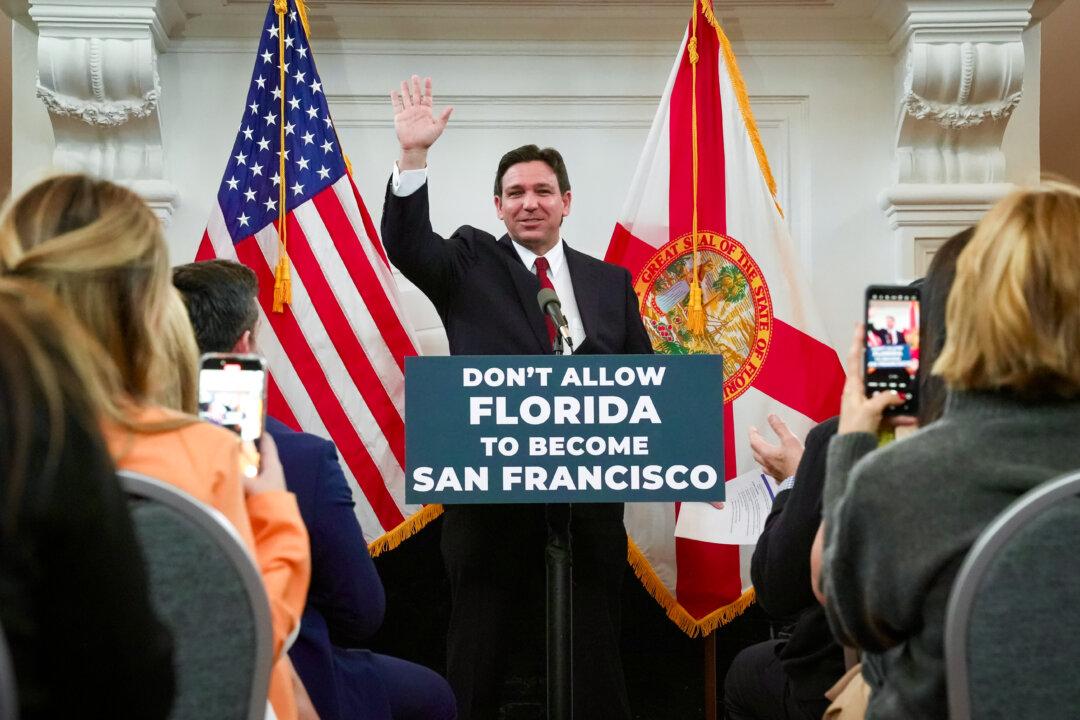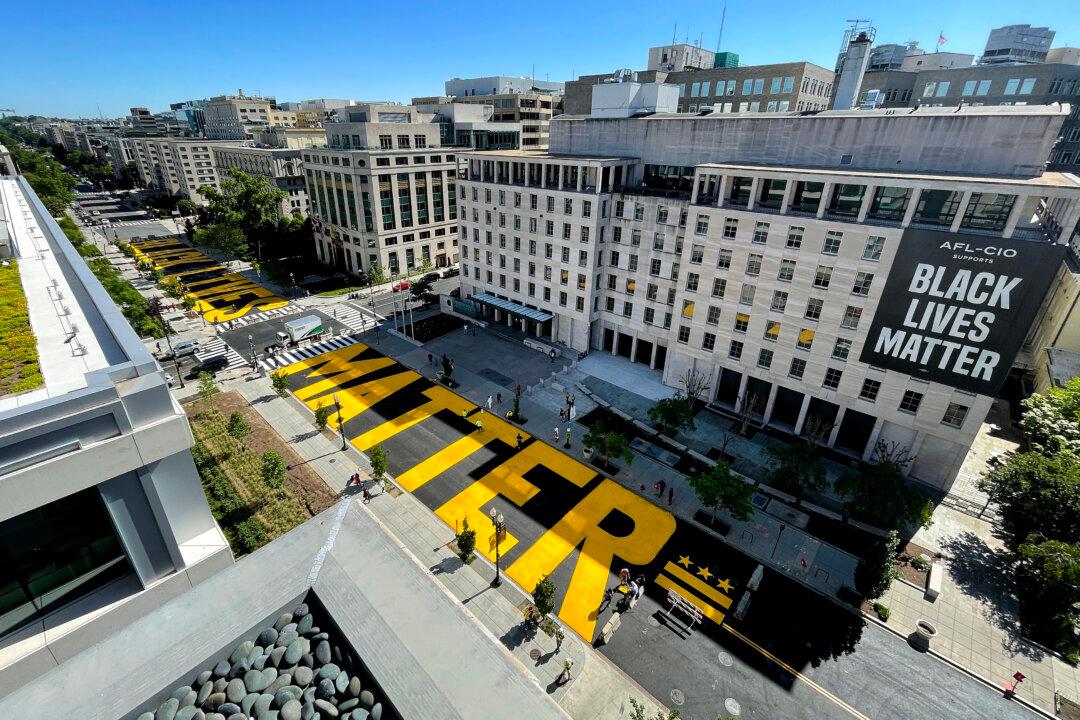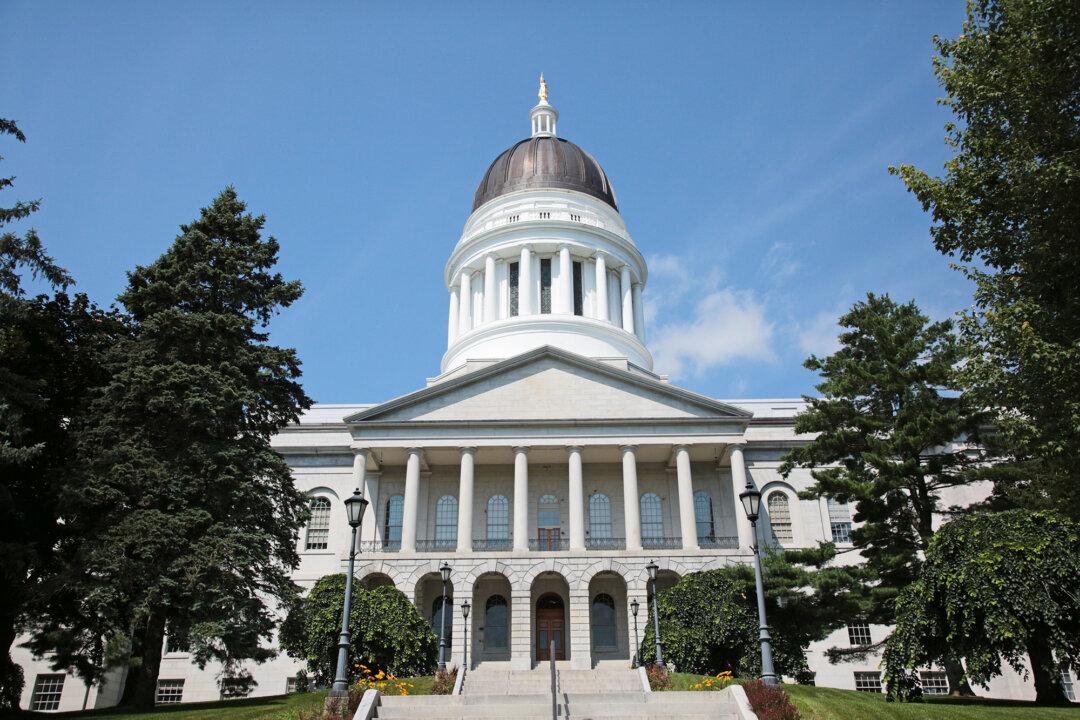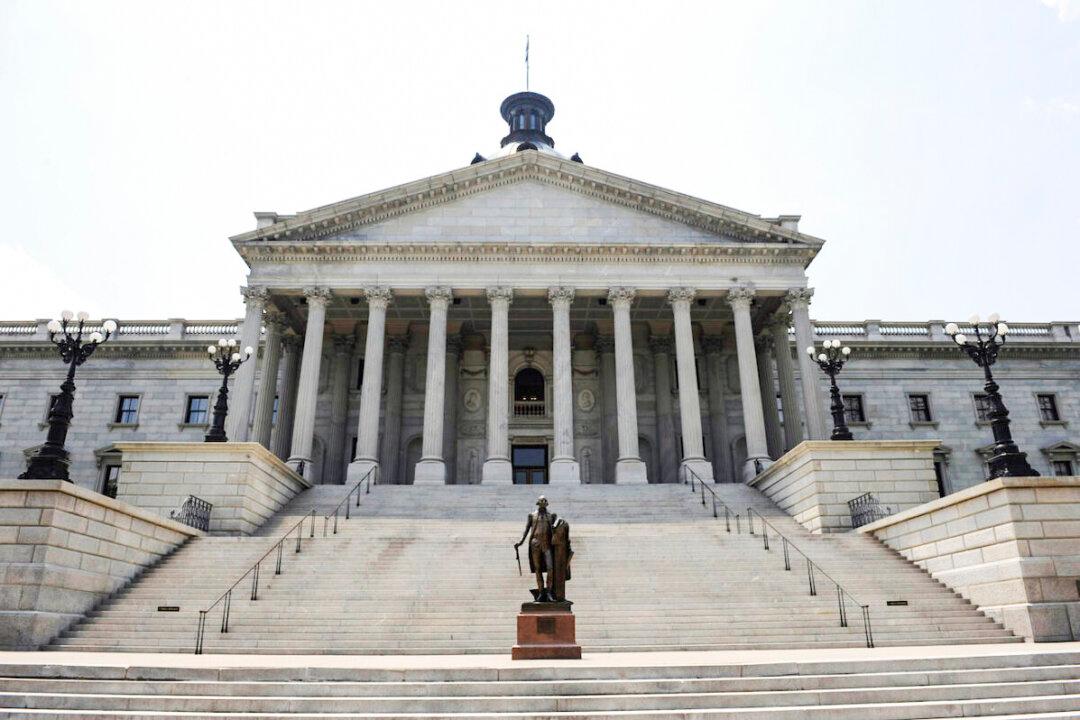A passenger train racing across long empty stretches of American plains may be iconic, but it’s an economic anachronism, experts say.
Even so, the Senate’s infrastructure bill would allocate $66 billion toward the repair of Amtrak lines—nearly 60 cents to Amtrak for every dollar the bill put toward highways.
